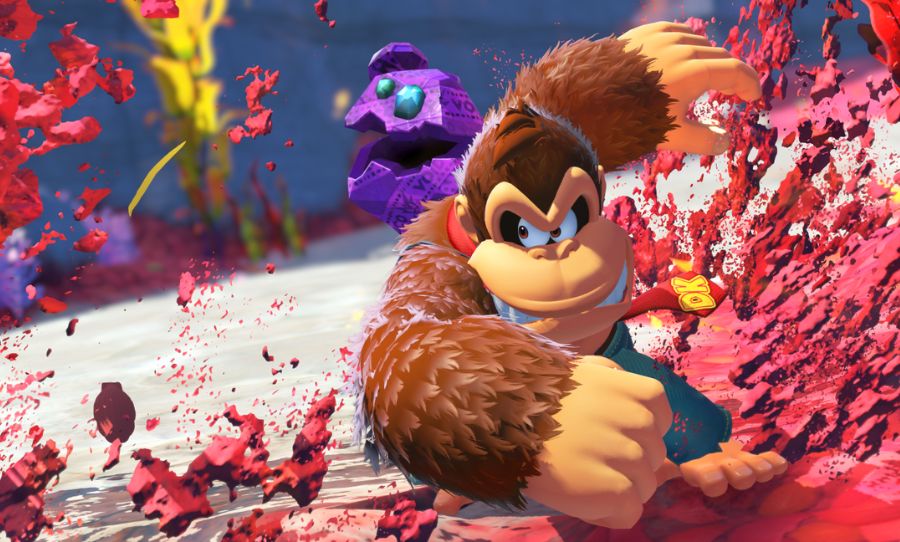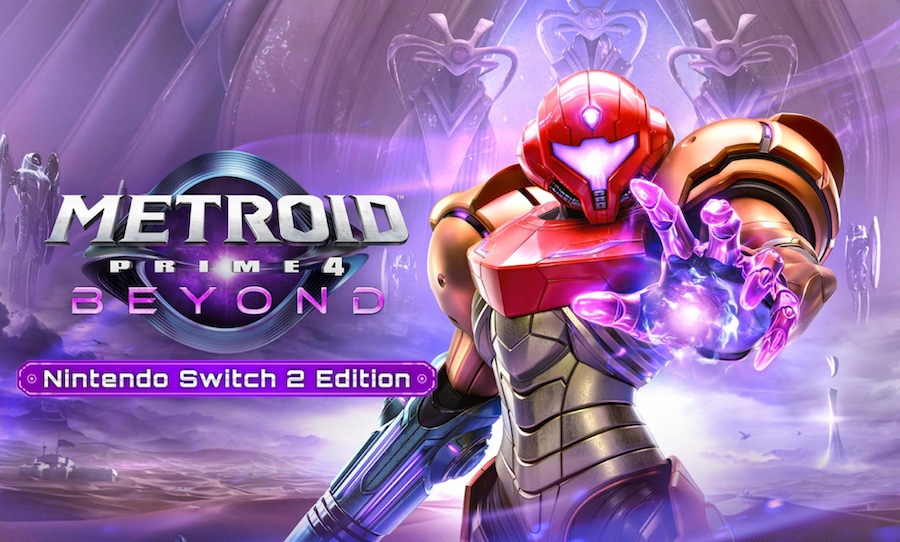NVIDIA’s DLSS and ray tracing tech are bringing major upgrades to the Nintendo Switch 2
NVIDIA’s DLSS (Deep Learning Super Sampling) is set to make its way to the Nintendo Switch 2, though don’t expect anyone to refer to it by that full name.
Nintendo has kept mum about which specific version of DLSS they’ll be using or if it’s been tailored for the Switch 2, leaving fans wondering.
What is confirmed, though, is that the new chip will have dedicated ray tracing cores and support for VRR (Variable Refresh Rate), marking significant upgrades from the original console.
In a recent blog post, Nvidia spilled the beans on the custom GPU powering the Switch 2, confirming earlier reports from IGN and Nintendo that the new GPU supports AI upscaling through DLSS and ray tracing.
For those unfamiliar, DLSS is an AI tech that uses machine learning to upscale lower-res images in real-time, boosting both performance and image quality in games. Nvidia teased that the Switch 2’s GPU features a “custom Nvidia processor” with RT Cores and Tensor Cores, designed to deliver stellar visuals and AI-driven enhancements.
Nvidia also bragged about the “1,000 engineer-years” of effort that went into every aspect of the system, from chip design to development tools. The result? Major upgrades, including the ability to game in up to 4K on TV mode and 120 FPS at 1080p in handheld mode. HDR support and AI upscaling are also part of the package, delivering sharper visuals and smoother gameplay.
Real-time ray tracing, powered by those new RT Cores, brings lifelike lighting, reflections, and shadows for more immersive gaming. Tensor Cores, on the other hand, boost resolution for sharper details through DLSS, without compromising image quality. They’re also responsible for AI-powered face tracking and background removal in video chats, improving social gaming and streaming experiences.
In a Nintendo Direct reveal, the company also introduced the new C button, designed for enhanced chat functionality that uses an external camera and the Switch 2’s microphone. The tech is smart enough to focus on the player’s voice while filtering out background noise.
As for performance, Nvidia claims the Switch 2 delivers “10x the graphics performance” of the original Switch, promising smoother gameplay and sharper visuals. Of course, we’ll have to wait until the device launches in June for experts like Digital Foundry to dive into the numbers.
Nvidia further highlighted that the Tensor Cores help boost AI-driven graphics while maintaining efficient power consumption, while the RT Cores enhance in-game realism with dynamic lighting and reflections. And in handheld mode, the new Variable Refresh Rate via Nvidia G-SYNC promises ultra-smooth, tear-free gameplay.
At a recent hardware-focused roundtable in New York, Nintendo confirmed that the Switch 2 supports DLSS but remained tight-lipped about which version it’s using or whether it’s customized. When asked about the GPU, Tetsuya Sasaki, Nintendo’s General Manager for Technology Development, explained that the company prefers to focus on the value provided to consumers rather than hardware specs, with Nvidia likely to share more details in the future.



